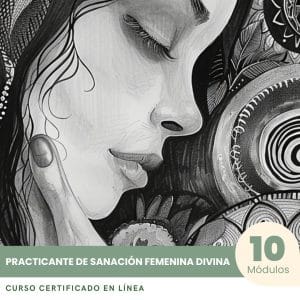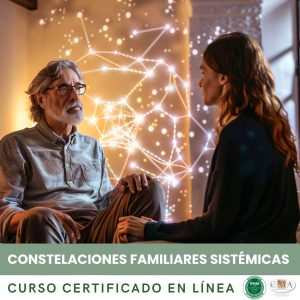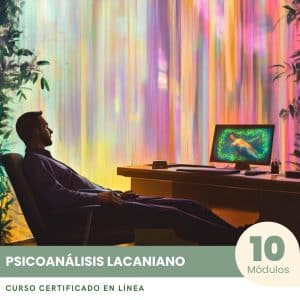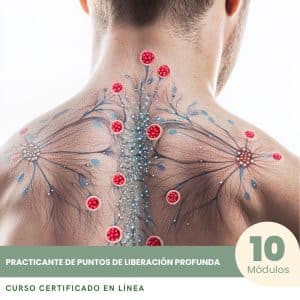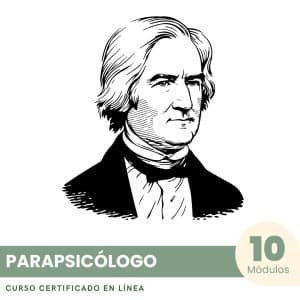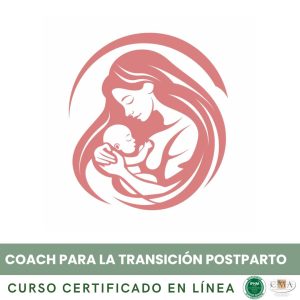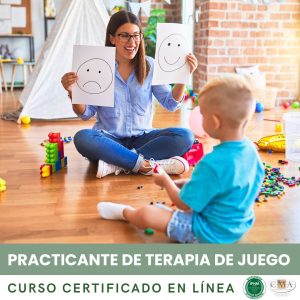
Laughter is a universal therapeutic tool that transcends differences in age, culture, language, or physical condition. Unlike other forms of therapy that require specific skills, material resources, or intellectual understanding, laughter is an innate and spontaneous ability that every human being possesses from birth.
Babies laugh well before they can speak or walk, and this natural laughter persists throughout life, even though it tends to decrease with age and social constraints. Laughter is a universal non-verbal language, expressing joy, pleasure, surprise, or relief in an instinctive and recognizable manner by everyone. It’s a marker of humanity, just like crying or smiling, that unites individuals beyond their differences.
In the context of laughter therapy, this universality is a major asset that allows for intervention with a wide range of audiences, without requiring complex cultural or linguistic adaptation. Whether one is a child or an elderly person, able-bodied or disabled, rich or poor, laughter remains accessible and beneficial for physical and mental health. Simulated laughter exercises, interactive games, and breathing techniques can be practiced by everyone, without prerequisites or specific equipment.
This inclusivity of laughter is particularly valuable for people who have difficulties with verbal communication, such as young children, people with cognitive disorders, or patients who speak different languages. Laughter provides a direct means of connection and emotional expression, circumventing the barriers of language and reason. It allows for establishing an empathetic and kind relationship, based on sharing a positive experience and recognizing everyone’s humanity.
For example, in a retirement home welcoming residents suffering from Alzheimer’s disease, a laughter therapy session can create a moment of camaraderie and relaxation, despite the memory and language disorders. By laughing together, caregivers and residents reconnect to their joy of living and dignity, beyond the illness and dependence. Laughter acts as a revealing medium of the person behind the patient, with their own emotions and sensitivity.
Similarly, in a humanitarian or intercultural context, laughter can serve as a bridge between individuals and communities, creating a sense of fraternity and shared experience beyond differences. In a hospital clown mission in a developing country, the laughter of sick children is a universal language that transcends barriers of language, poverty, and suffering. It attests to the resilience of the human spirit and the strength of the bonds that unite us.
Laughter therapy relies on this universality to propose a comprehensive and integrative approach to health that takes into account the physical, psychological, social, and spiritual dimensions of each individual. By stimulating joy and well-being in an accessible and playful way, it helps to strengthen internal resources and interpersonal bonds, key factors in resilience and fulfillment.
Of course, the practice of laughter therapy must be adapted with discernment and respect to the specifics of each audience and context. It’s not about imposing laughter in an artificial or intrusive way, but creating favorable conditions for its natural and genuine emergence, while considering each person’s needs and limits. The laughter therapist must show empathy, creativity, and flexibility to adjust their interventions to the diversity of situations and people.
But in every case, laughter remains a common denominator of human experience, which can be cultured and shared to promote health, well-being, and social harmony. In this sense, laughter therapy is a universal and precious therapeutic tool, which deserves to be developed and integrated in a comprehensive and humanist approach to health.
Key takeaways:
– Laughter is a universal therapeutic tool, accessible to all regardless of age, culture, language, or physical condition.
– Laughter is an innate and spontaneous ability, present from birth, that unites people beyond their differences.
– The universality of laughter allows interventions with diverse audiences without requiring complex adjustments, which is particularly beneficial for people with difficulties communicating verbally.
– Laughter provides a means of direct connection and emotional expression, promoting an empathetic and kind relationship.
– Laughter therapy reveals the person behind the patient, with their own emotions and sensitivities, beyond the illness or dependence.
– In a humanitarian or intercultural context, laughter creates a sense of fraternity and sharing, attesting to the resilience of the human spirit.
– Laughter therapy proposes a comprehensive and integrative approach to health, strengthening personal resources and interpersonal bonds.
– The practice of laughter therapy must be adapted with discernment and respect to the specifics of each audience and context, creating favorable conditions for the natural and authentic emergence of laughter.
👉 To download docx (Editable) file click here : Click here
👉 To download PDF file click here : Click here
👉 To download MP3 file click here : Click here
